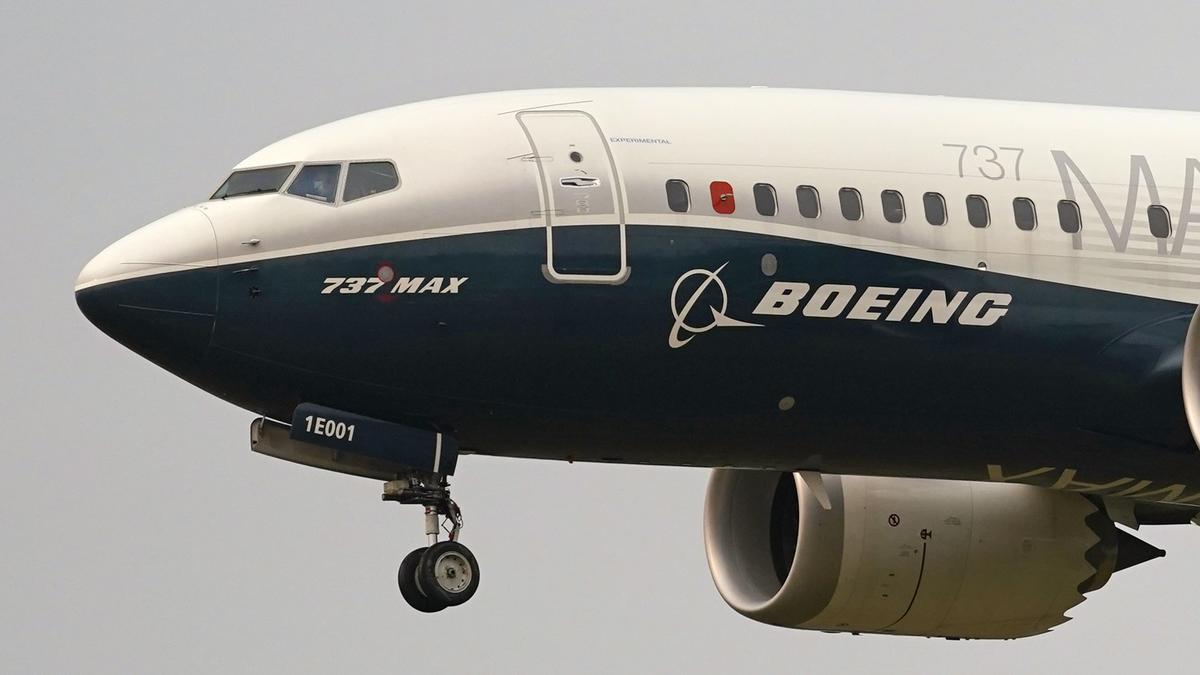In a significant step towards improving air safety, the Directorate General of Civil Aviation (DGCA) has introduced new restrictions regarding Boeing 737 aircraft fitted with a specific rudder component. These planes are now prohibited from landing in low-visibility conditions.
Reason for the Directive
The decision was made after assessments revealed potential risks related to the rudder component’s performance during certain low-visibility situations, such as fog or heavy rain. The DGCA has taken this precautionary measure to prevent any safety hazards during critical phases of flight, particularly landing.
Impact on Airlines
Airlines operating Boeing 737 aircraft have been directed to conduct thorough reviews of their fleets to ensure compliance with the new safety guidelines. Planes equipped with the affected rudder component will not be permitted to operate in conditions where visibility falls below a certain threshold. This ensures that passenger safety remains the primary focus.
Collaboration with Boeing
The DGCA is actively working with Boeing and other industry stakeholders to continuously assess the situation and ensure that all necessary actions are taken to resolve the issue effectively.
Conclusion
The DGCA’s proactive stance on addressing potential risks reflects its commitment to maintaining high safety standards in aviation, particularly in challenging weather conditions.
Multiple-Choice Questions (MCQs):
- What is the main reason for the DGCA’s restriction on certain Boeing 737 planes?
- A) To increase fuel efficiency
- B) Due to issues with the rudder component in low-visibility conditions
- C) To improve in-flight entertainment systems
- D) To comply with international air safety standards
- Which phase of flight is particularly affected by the DGCA’s directive?
- A) Takeoff
- B) Cruising
- C) Landing
- D) Taxiing
- What weather conditions are considered low-visibility scenarios in the DGCA directive?
- A) Clear skies and sunny weather
- B) Fog or heavy rain
- C) High winds
- D) Cold temperatures
- Who is the DGCA collaborating with to assess and resolve the issue?
- A) Airbus
- B) Boeing
- C) International Air Transport Association (IATA)
- D) Federal Aviation Administration (FAA)
- What action must airlines take as per the DGCA directive?
- A) Upgrade their fleet’s in-flight systems
- B) Review their fleets and ensure compliance with the new guidelines
- C) Ground all Boeing 737 planes
- D) Reduce the number of flights in bad weather
